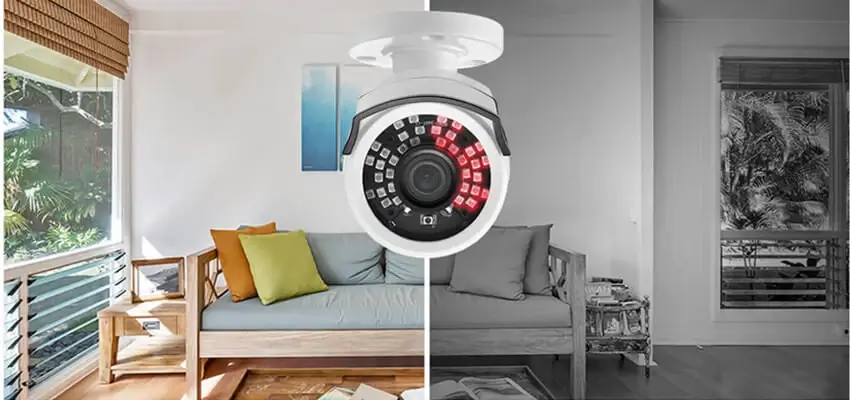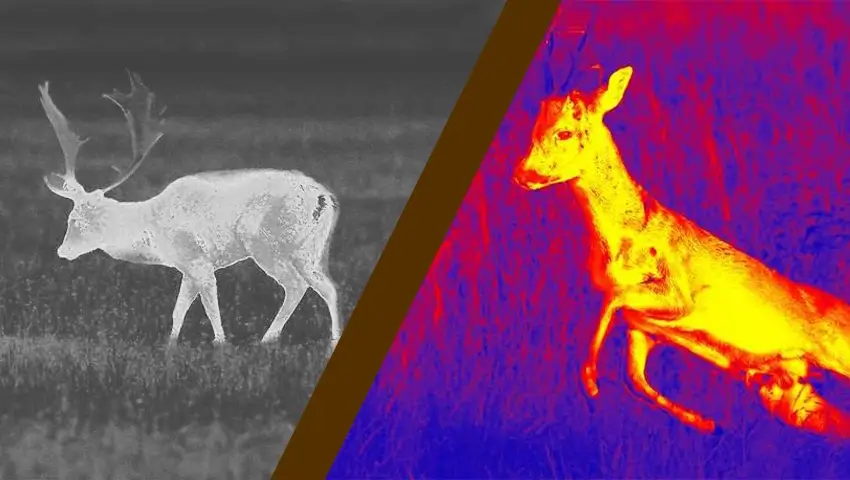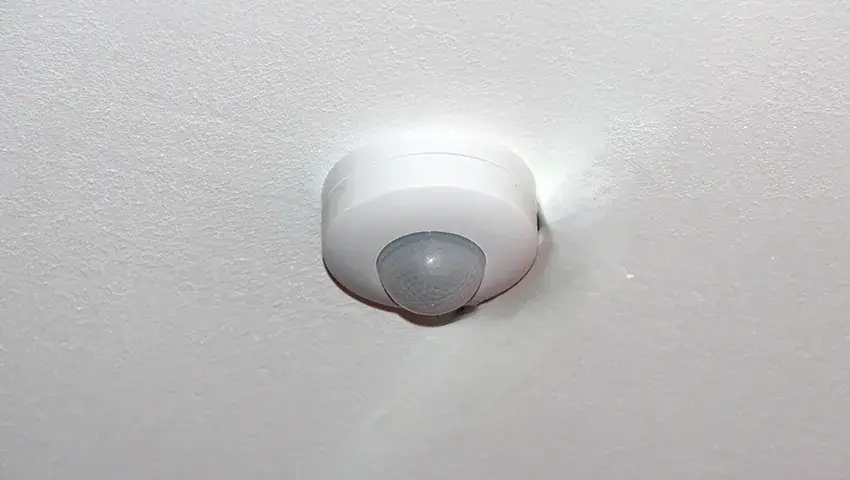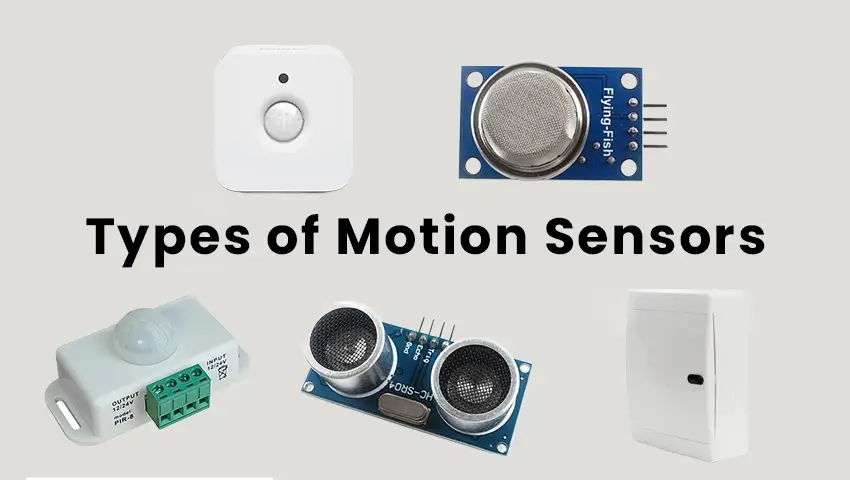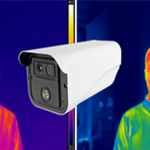In all kinds of Hollywood blockbusters, we often see such a scene: on a cold night, in the dense jungle, the police used high-tech technology to detect the temperature of the human body and successfully found the missing fighter.
This high-tech technology is infrared thermal sensors, and is now moving from the military field to the industrial and civilian markets.

What is the working principle of infrared thermal sensors? (See What is PIR and PIR cameras security guide) The thermal imaging camera accurately measures the surface temperature of the object by quantifying the detected infrared heat energy. Through the thermal energy distribution and temperature analysis of the scene, an abnormal diagnosis of the environment or object is achieved. The thermal imaging camera tracks scenes or regional high temperature targets and issues an alarm when the temperature is above the set value.

PIR sensors can distinguish between biotic and abiotic. ZOSI Technology applies the built-in PIR technology to high-definition analog cameras to improve the accuracy of motion detection. Surveillance cameras use motion detection technology to alert you when an abnormal situation occurs, which is also the technology ZOSI used before. Although the motion detection technology can alarm when there is an illegal intruder, the false alarm rate is high. Infrared sensing technology solves this problem very well.
As long as the ZOSI surveillance PIR camera is installed at an appropriate height, there is no alarm for small animals on the ground within the detection range, thus preventing false alarms. No false alarms are generated when curtains are blown or items are dropped, which avoids the situation that invalid information occupies storage space.
In the case of poor light conditions such as smoke or in other harsh weather conditions, the infrared thermal imager can also clearly observe the situation ahead. Ordinary outdoor cameras are not easy to see environmental content in autumn and winter foggy weather or high PM2.5 environment. However, the built-in PIR technology can prevent abnormal conditions by sensing the heat emitted by the human body, and users no longer have to worry about the camera not working in a harsh climate.
